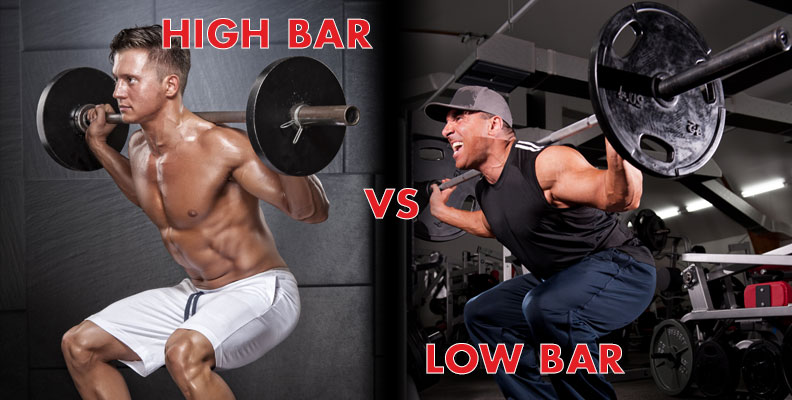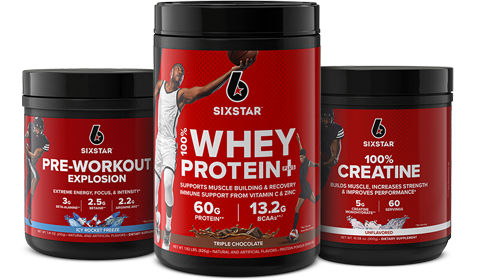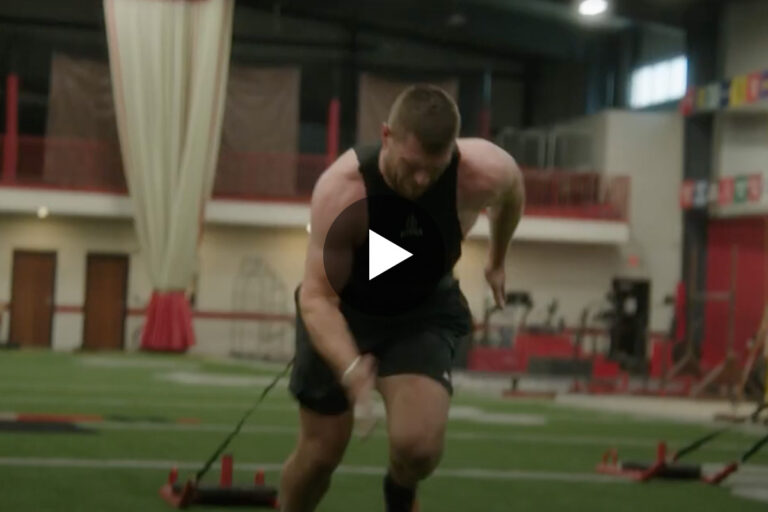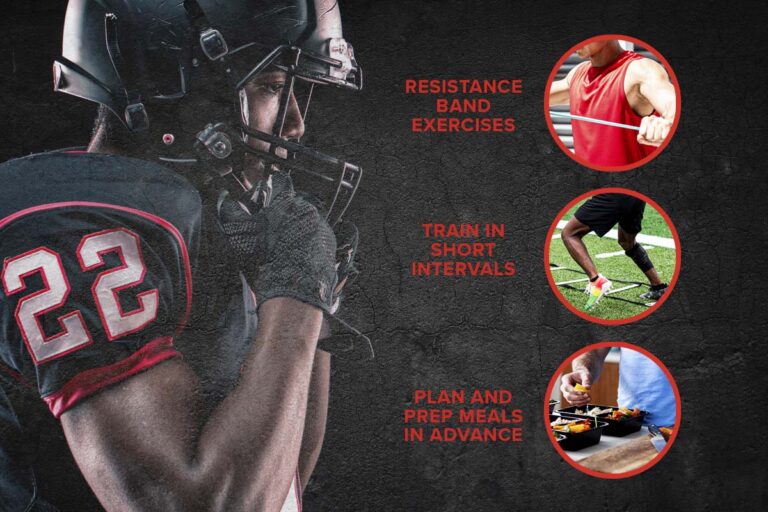BY SCOTT MOONEY
SIX STAR AMBASSADOR
The barbell back squat is the king of all lower body exercises. Technique is extremely important for not only getting the best results, but also for injury prevention. There are many different ways to perform a back squat, but how do you determine which is the best for your body and goals?
It goes without saying that you need to hit the proper depth in a squat. That means going at least to parallel or, in other words, the crease of the hip needs to drop below the knee. Stopping before that and reversing direction puts an unnecessary stress and torque on the knees. This almost guarantees an injury.
So what is a high-bar squat? A high-bar squat is when the bar is placed on top of the upper traps. It is typically accompanied by a narrower stance. High-bar squats allow a more upright posture throughout the movement and put more emphasis on the quadriceps because of the smaller angle at the knee. A low-bar squat is when the bar is placed below the upper traps and on top of the rear delts. It normally is accompanied by a wider stance. Low-bar squats force a more forward torso positioning through the movement and put emphasis on the posterior chain, including the glutes and hamstrings.
So what are the benefits of the high-bar squat? Bodybuilders may be more inclined to use a high-bar squat because of the potentially greater range of motion, leading to greater opportunity for hypertrophy. Also, if the goal is to bring up the quadriceps, then the high-bar squat is for you. That being said, it can be an issue for people with knee pain, because of the greater bend at the knee. Every person’s hip opening is different. If you have a narrower hip opening, high-bar squats are a good choice because of the narrower stance. High-bar squats are easier on the shoulder, so if shoulder mobility is an issue, stick with high bar.
When should you choose the low-bar squat? Many powerlifters choose the low-bar squat for the greater potential to move more weight. This is because the bar is closer to the lifter’s center of gravity and because of the use of the posterior chain. If back pain is an issue, you may want to stick to high-bar squats for the more upright torso. Since the exercise puts the emphasis on the posterior chain, it can produce a lot of strength and power. Obviously, if you’re trying to bring up your hammies and glutes, then maybe give low-bar squats a try. The shins are in a more perpendicular position to the floor in a low-bar squat, so if ankle mobility is an issue, try low bar.
| HIGH-BAR SQUAT | LOW-BAR SQUAT | ||
|---|---|---|---|
| PROS | CONS | PROS | CONS |
| More hypertrophy potential | May be painful for people with knee pain | More strength potential | Requires wide hip opening |
| Quad emphasis | Requires good ankle mobility | Hamstring and glute emphasis | Requires good shoulder mobility |
| Less need for good shoulder mobility | May not be able to move as much weight | Better for people with poor ankle mobility | If back pain is an issue, the forward torso could cause pain |
| More upright torso for people with back pain | |||
| Better for people with narrow hip opening | |||













